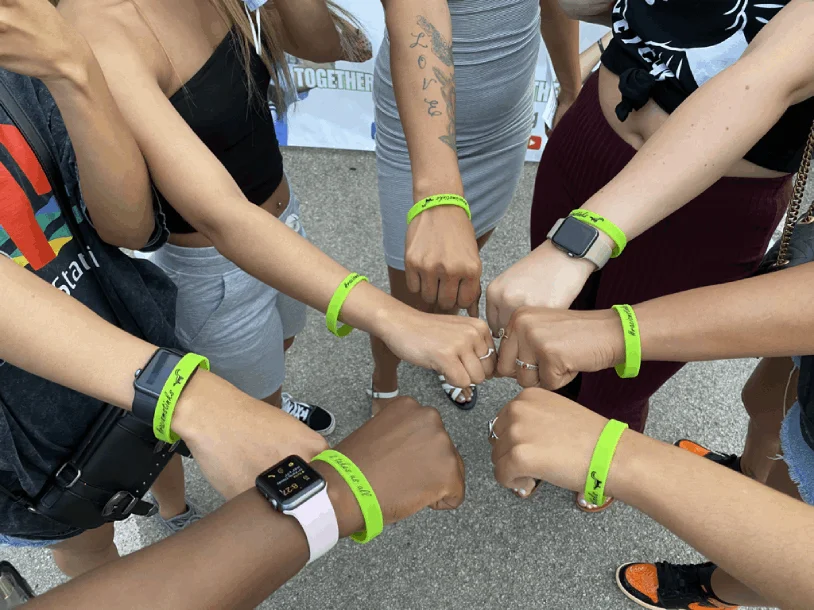RECONCILIATION
Reconciliation is utilized in many different situations, but it has become more and more prevalent when discussing race relations. Within the past few years, racial reconciliation has moved to the forefront of importance, and many people are beginning to wrestle with the history of racial oppression in our country, changing the way they think about races and cultures that differ from their own.
What Is
RECONCILIATION
To reconcile means to “restore” or to “square” something. Whether it’s relationships, a financial ledger, or your faith, the goal of reconciliation is to bring people together or to make something whole again.
In business, reconciliation is an accounting process that compares two sets of records to ensure they add up to the same number. Account reconciliation is particularly useful for explaining the difference between two financial records or account balances.
In religion, reconciliation is also known as confession, and most of the clergy will tell you that repentance must come before reconciliation. In the Roman Catholic Church, congregants attend confession to seek forgiveness for a particular sin. During confession, a priest listens to the sinner and imposes a penance for their sin. After absolution, the sinner reconciles his faith with God.

WHAT DOES RACIAL RECONCILIATION REQUIRE?
First and foremost, racial reconciliation requires an open heart and a willingness to listen and empathize with others, even when it’s hard. When having a conversation with someone about race, the level of our “offendability” can reveal just how willing or not willing we are to listen. Reconciliation demands that we listen deeply to one another with empathy.
DEALING WITH PAIN BEFORE HEALING
Racial reconciliation is a journey that can take as long as it takes because it can be painful and difficult. It doesn’t seem possible to have reconciliation without pain on both sides. Anyone who is not directly impacted by racism might not have realized they weren’t being empathetic to someone that experienced racism.
It can be painful to take a deep look inside yourself and find faults. On the other hand, it can be painful to recount and discuss racism with someone that has experienced it firsthand. With something as historically traumatic as racism, understanding and dealing with the fact that we may have unknowingly or knowingly participated can be painful but necessary. We focus on healing because we can’t change the past, but our story is happening now; our actions are writing the healing chapter.
The Reconciliation
PROCESS
Resistance
Refuse to play along with injustice. If we want true reconciliation, we have to completely turn from anything deemed racist or biggoted.
Recognition
We have to recognize and accept any participation with racism and injustice, and acknowledgement and recognition must come early in the process.
Repentance
We must seek forgiveness from anyone that has experienced injustice from us, and we have to continually work to forgive or seek forgiveness.
Repair
Injustice can cause tremendous pain, and we must work to repair any damage that has been done or replace what was taken.
Reconstruction
Without reconstruction, the structure does not change. A new structure should be built in order to dismantle the power structure that lent itself to injustice.
Restored Relationship
Relationships must be nurtured in order to restore faith and hope, showing a commitment to never allowing injustice to rear its ugly head again.


BECOME AN ALLY
An ally is someone who is more than a non-racist person, an ally is a person who takes part in activities actively working to demolish racism. An ally is not a spectator, an ally knows they’re not a savior but a supporter taking direction from the directly effected. An ally takes proactive steps to challenge racism in their sphere of influence and beyond.
REMEMBER: IT TAKES US ALL
Together, we will change the world.
Contact us today to find out how you can get involved with #racismstinks.




